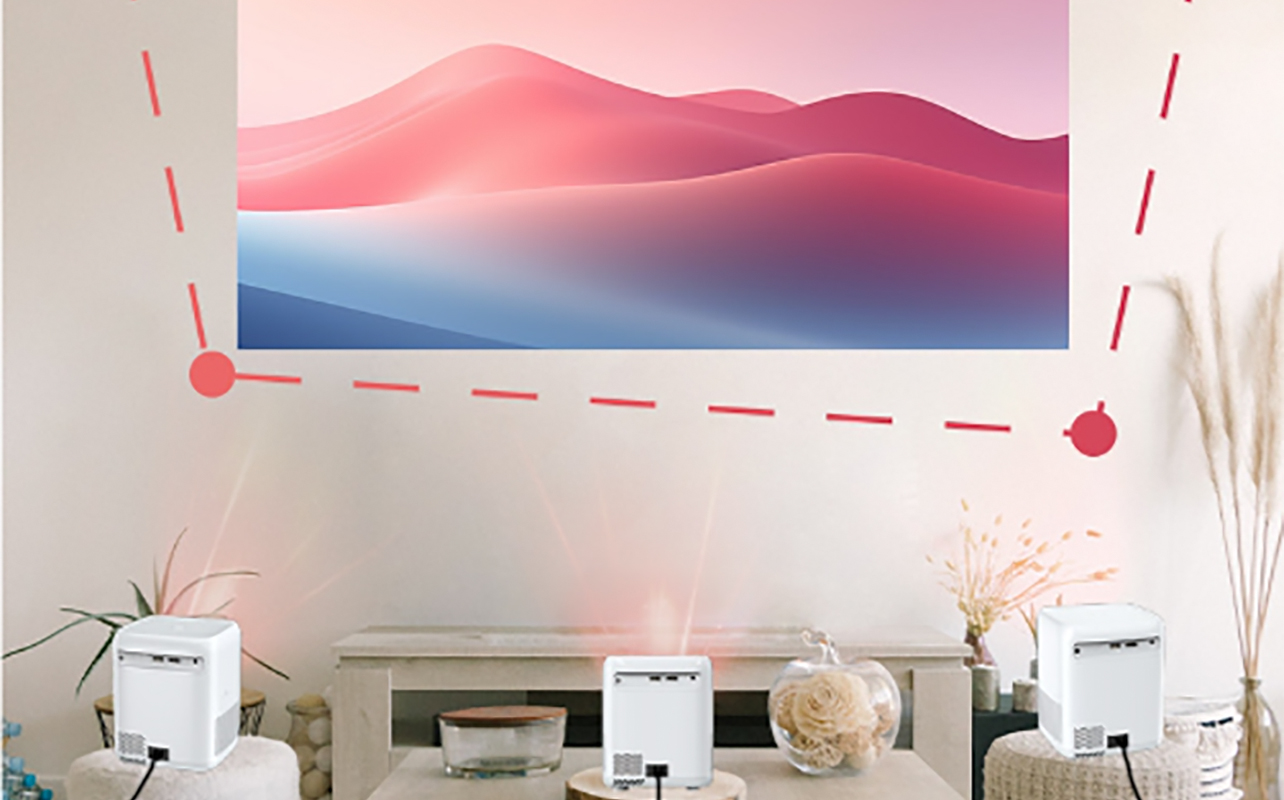
The keystone and keystone correction is an important consideration when it comes to choosing a projector for your home or office. Keystone refers to the way an image can appear distorted, looking trapezoidal (think like a handbag or shovel) versus being properly aligned with the projector screen. Keystone correction fixes such distortion. This is especially important if the projector is positioned at an angle versus dead centre.
How does keystone correction work?
Keystone correction, also referred to as keystone adjustment, works in the background. It manipulates the image digitally to make it effectively appear straight, even when the projector is not. There are two main types of keystone correction.
- Optical keystone correction: The lens elements adjust to correct the shape of the image. However, you may notice some limitations with the correction range.
- Digital keystone correction: The image is adjusted digitally within the projector. This allows for seamless fixes, but you might notice some loss in image quality.
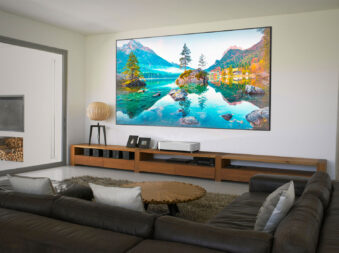
Need help choosing a projector?
Keystone correction is just one piece of the puzzle. If you’re ready to dive deeper, check out our projector buying guide for the different types of projectors and features.
Auto vs manual keystone
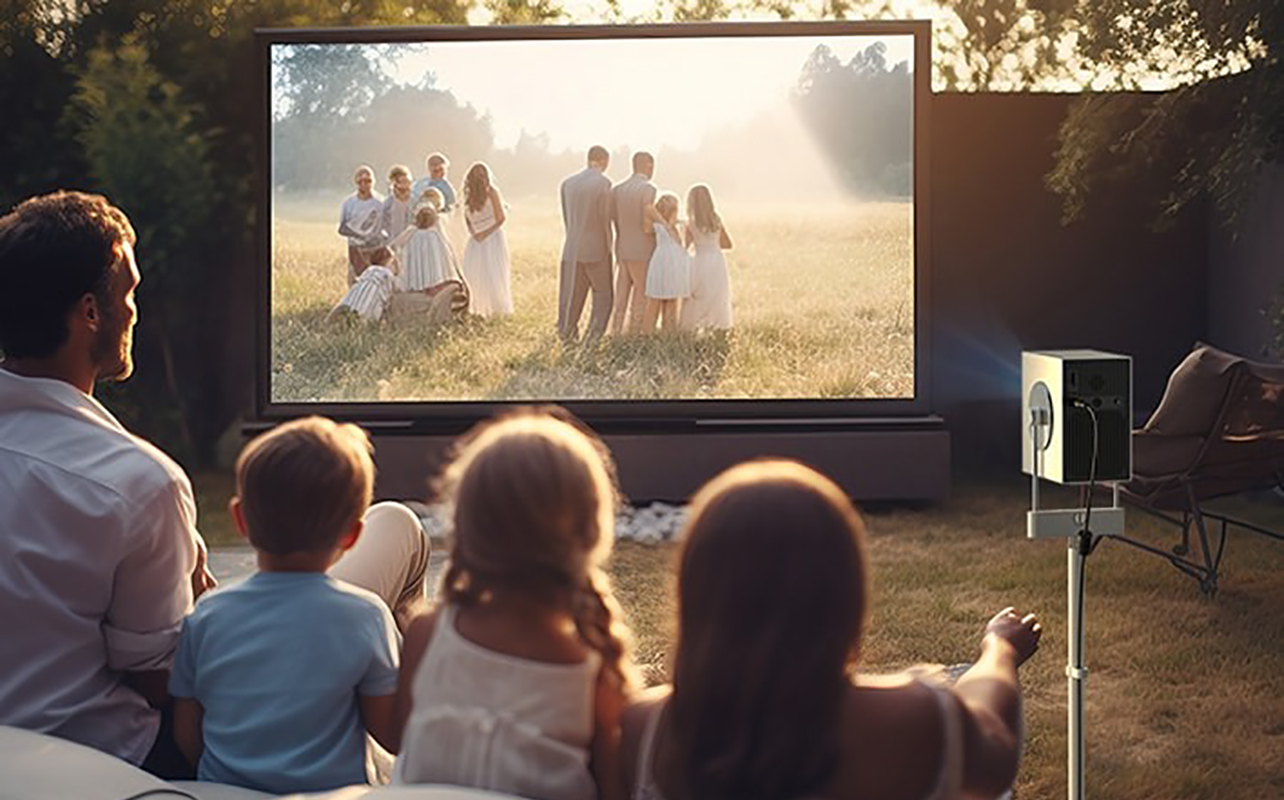
You might also have the option to correct the keystone manually. This is only recommended in portable or temporary set-ups, like in a classroom or boardroom. But keep in mind that you may experience some image degradation.
The best solution, whenever possible, is to ensure the projector is positioned properly; you may use projector mounts and stands to ensure proper setup. Keystone correction should only be used when absolutely necessary. That might be, for example, when using a portable projector outdoors for movie night without a proper surface to place it where it should go.
Auto keystone correction
Both optical and digital keystone correction are examples of auto keystone correction, which the projector handles to fix the shape and orientation of the image. It works entirely behind the scenes. This allows you to enjoy a quick set-up without having to manually move a projector around or adjust furniture to set it up in the perfect spot.
However, you get less precise adjustment, and it can result in degraded image quality or introduce digital artifacts. But this feature can be helpful in environments when picture quality isn’t the top priority. It’s ideal for presentations, kids’ movie nights, on-the-go use, and other casual set-ups.
Manual keystone correction
With manual keystone correction, there may still be some level of digital correction. But you also have control over the adjustments. You can adjust the vertical, horizontal, or even four-way positioning until the image looks just right. This naturally results in a more accurate picture and avoids overcorrection. You also have better control over symmetry. But it does lengthen the setup time and requires your manual input.
It’s best for more permanent projector setups where the projector will be mounted in a non-ideal position. This might be home theatres and other areas where you’re willing to spend the time to get the perfect image.
Vertical vs horizontal keystone
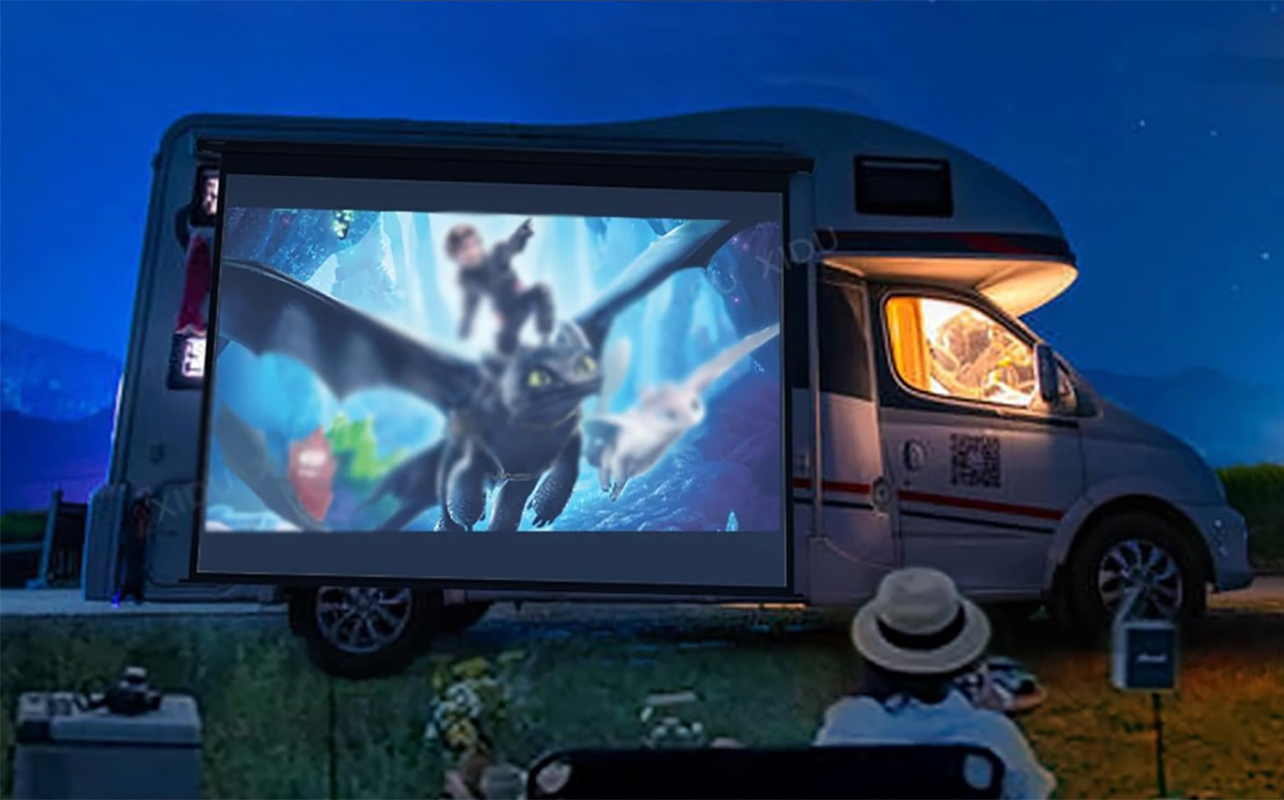
Whether digital or manual, you can adjust the keystone correction vertically or horizontally, depending on where the projector is placed relative to the screen.
- Vertical keystone correction: Used when the projector is positioned either above or below the centre of the screen. This might be in a home theatre where it’s mounted on the ceiling or with an ultra-short throw projector positioned just under the screen.
- Horizontal keystone correction: Used when the projector is either to the left or right of the centre of the screen. This is likely with temporary setups, like in the backyard for an outdoor movie night or in a boardroom where there are limited spots for the projector to sit tabletop. I used a portable projector, for example, to project a workout video onto a side wall. The projector was placed on a TV stand offset to the left, yet it displayed the image as a perfect rectangle with no distortion.
Keystone correction vs lens shift
Some projectors include a feature called lens shift. This allows you to adjust the positioning of an image without having to physically move the projector itself, just like keystone correction—except it physically moves the lens inside versus digitally altering the image. Just like with keystone correction, there’s both vertical and horizontal lens shift.
Lens shift works seamlessly within the projector as the lens’ mechanism moves the position so the light path is more centred. You can adjust it within the settings menu of the projector. The benefit is that you won’t experience any loss in image quality since there’s no digital manipulation.
Typically, projectors with lens shift capabilities are more expensive. But if you are challenged for placement, especially with a permanent setup, it’s worth it to invest more. This will retain image quality, including sharpness and brightness, without you having to rejig the entire room so the projector can go in the perfect spot.
Check those projector specs
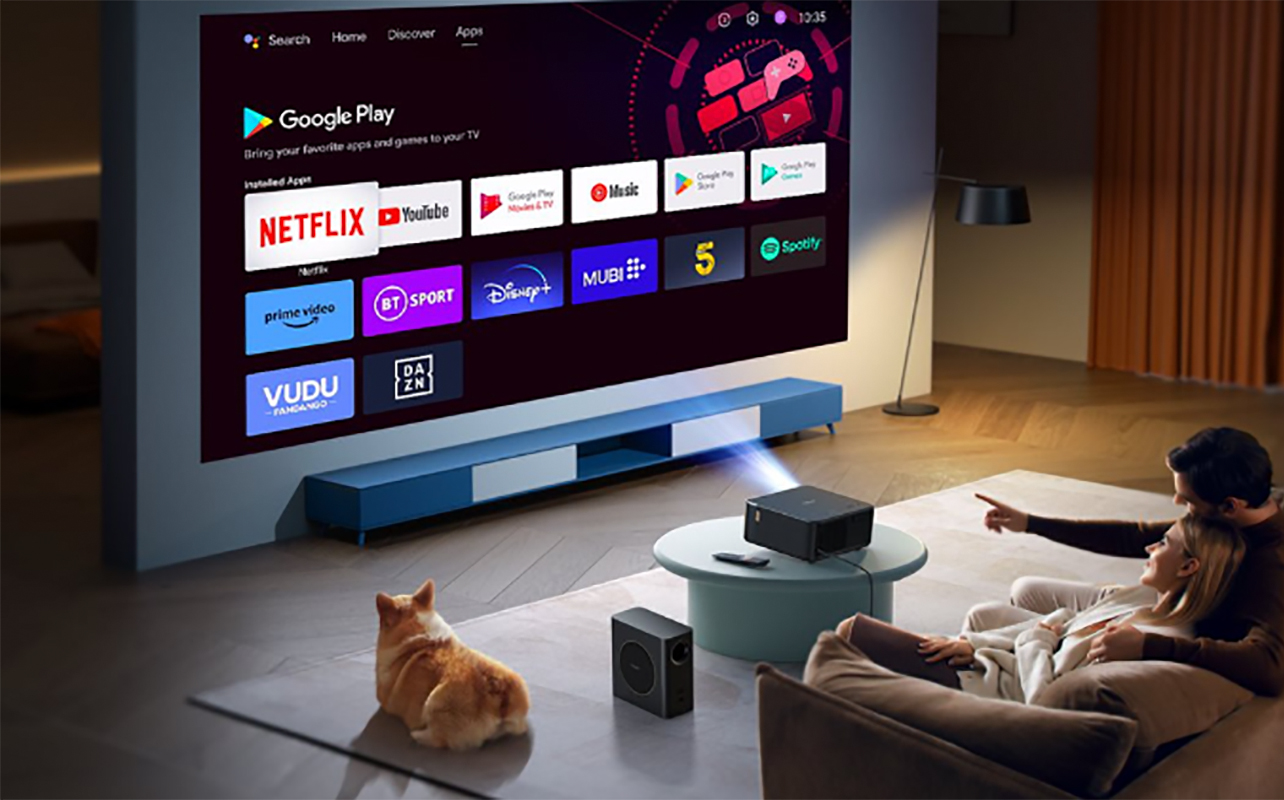
If you’re investing in a new projector, look at the specs to understand what options it has for correcting for image alignment. This is important should you not be able to position the projector exactly where you want it. Plan out the position of the projector first, especially if it’s for a permanent set-up like a home theatre. If you know it will be offset in some way, seek out a model with keystone correction or ideally lens shift. If it’s for a temporary set-up, like bringing to client to showcase presentations or movie nights for the kids, keystone correction and/or lens shift are crucial, too.
Above all else, make sure to optimize the setup for the best image quality possible. Features like keystone correction and lens shift are important to achieve that. Thankfully, many of the latest projectors include one or the other, with the top line models adding lens shift, too.
Check out our wide selection of projectors with keystone correction and lens shift capabilities at Best Buy Canada.





